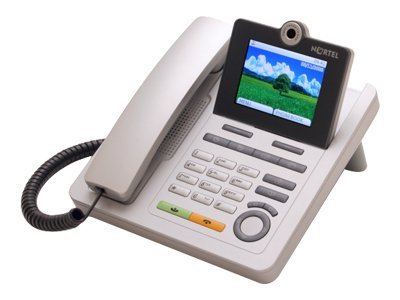2010 Bargain of the Year: Nortel 1535 Color SIP Videophone
If you hurry, you can buy one of the world’s best color SIP videophones for about $42. The original price of these Nortel phones was over $700. And they work perfectly with Asterisk and sip2sip.info.



